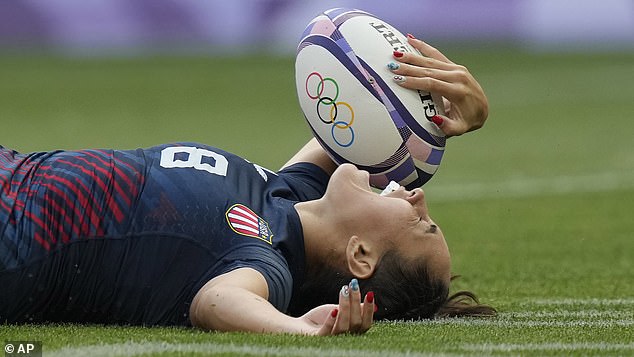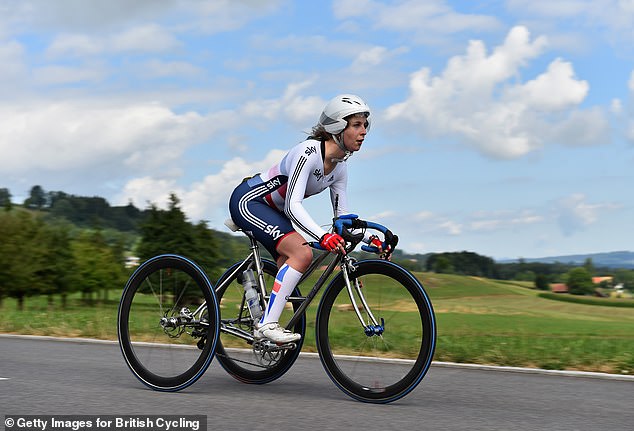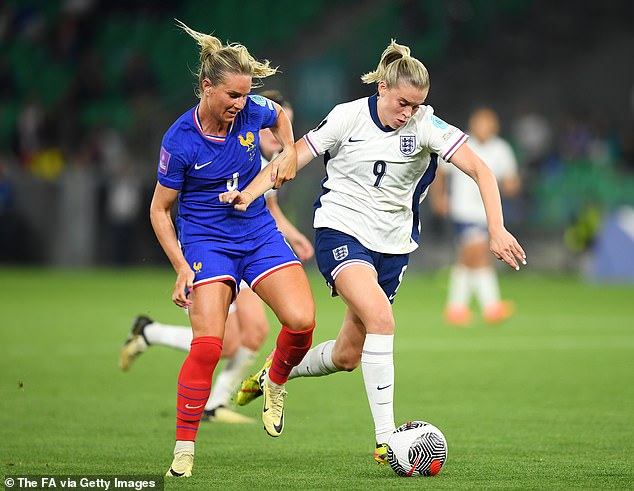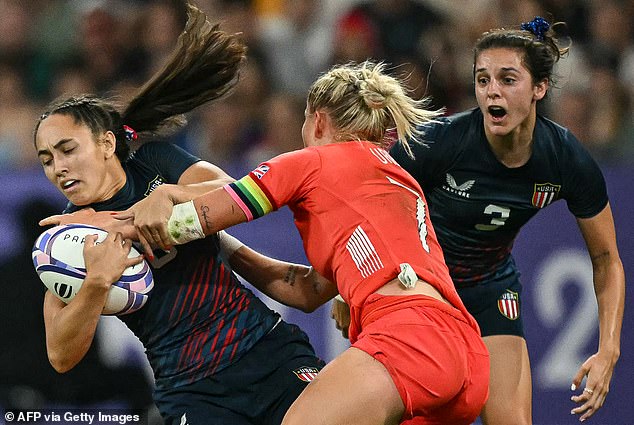Women are increasingly taking centre stage in the world of sport, breaking records and inspiring generations. But beneath the spotlight, a worrying disparity emerges.
While female athletes are demonstrating their athletic prowess, they are also suffering a disproportionate number of injuries.
Treatment and research into female sports injuries often lags behind that of their male counterparts, and experts say it’s time to ask why.
According to The Gist, Less than 35 percent of exercise medicine subjects are women, and women make up only 3 to 6 percent of study participants when looking at sports performance research.
Lack of research into female sports medicine is causing women to suffer more injuries than men

Treatment and research into female sports injuries lags behind that of their male counterparts
Most training and injury prevention protocols are based on studies conducted solely on men, leaving doctors with no choice but to advise women the same way they advise their male counterparts.
In recent years, additional studies have focused on injury differences between men and women.
In one of those studies, Women and girls have been shown to be 50 percent more likely to suffer a concussion than men and boys in comparable sports, even though all protocols for head trauma are specific to the male body.
In another study, Women have been found to be twice as likely to suffer a stress fracture while running, but all treatment plans revolve around the male skeletal structure and male stress fractures.
The repercussions of the lack of research are even reflected in the equipment that women are required to use. Competition cycling equipment is rarely (if ever) manufactured with the female body in mind.
A study focusing on the anatomy of female cyclists showed that 64 percent of women who participate in the sport report lasting pain and discomfort from using their bicycle saddle.
According to professional cyclist Hannah Dines, These long-lasting effects have caused women to suffer from numbness in the genital area and, in extreme cases, labiaplasty to repair damaged genitals.
One of the most common reasons women are not included in these studies is due to menstrual cycles.
Juliana Antero, a former athlete and epidemiological researcher at the National Institute of Sports Experience and Performance, believes that new studies on women in sport are necessary.
‘Some scientists justify this absence by the influence that the menstrual cycle can have on the results and scientific performance of women,’ She said.
“But that is precisely why these studies are necessary. If we want to optimise women’s sporting results, we need to know more about the impact of female physiology on their performance.”
Menstruation has long been the culprit behind women’s exclusion from sport. Before her historic run at the Boston Marathon in 1967, Kathrine Switzer and women around the world were “banned” from running marathons because the Amateur Athletic Association incorrectly claimed it would cause infertility.
There was even a time when women were not included in research studies for fear that anything tested on them could potentially harm the fetus.

Professional cyclist Hannah Dines revealed that the equipment is made with men in mind

Female soccer players are also 4 to 6 times more likely than men to suffer a tear.
This gender bias has been a trend for years and, according to an American study, published by the Esteve Foundation, These biases lead to frequent misdiagnoses and underdiagnoses in at least 700 pathologies.
Even in cases of heart attack, the typical symptoms women are told to look out for are based on men’s symptoms: pain in the left arm or crushing chest pain.
Women have additional symptoms such as nausea, pain between the shoulder blades, and abdominal pain in addition to or sometimes instead of the male symptoms.
In sport, more women than ever are facing career-altering anterior cruciate ligament (ACL) tears. Laura Hunter of Sky Sports reported that over the past 20 years in women’s football, female players have been 4-6 times more likely than men to suffer a tear, keeping a staggering number of players out of the game.
“For too long, women have been treated like little men. There’s a real lack of research. The whole high-performance environment is built around men, designed by men for men,” said Nev Davies, consultant orthopaedic surgeon.

